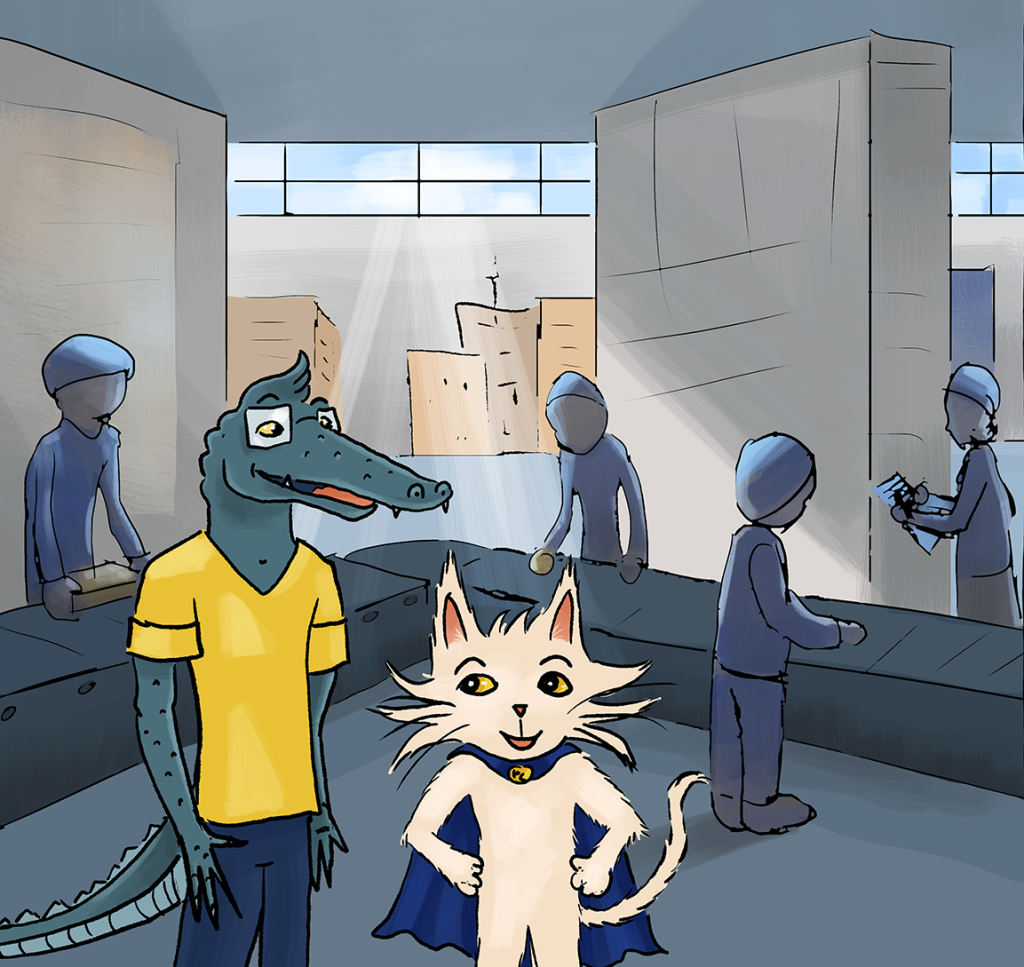
Having A Plan For Safety
You know how important it is to have safety and ergonomics plans in place early on in building your manufacturing line. (If you don’t? Start with our last article.) Anyway, what do you actually DO when you suddenly realize you’re at the point where you need to have a safety plan in place???
First, don’t panic. You’re not alone. This happens to a LOT of small business owners.
It happened to Gary…
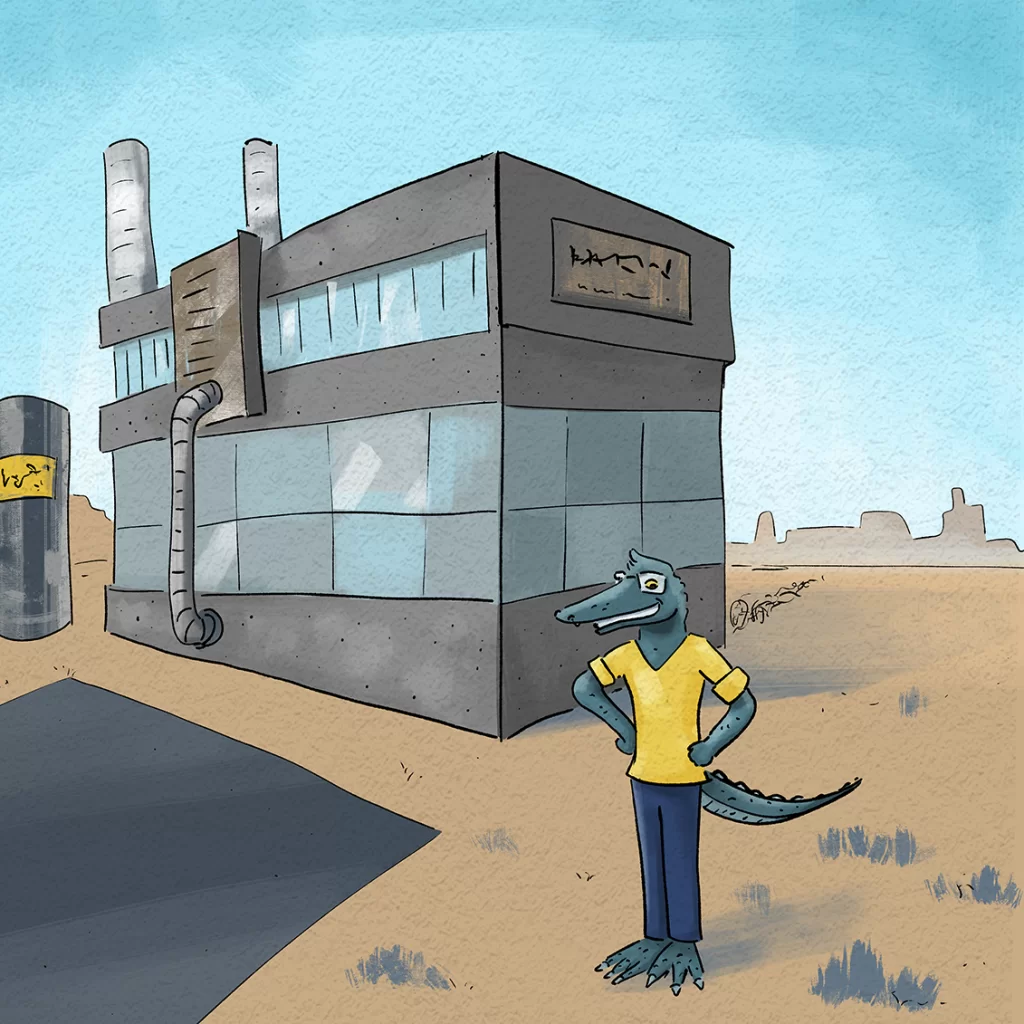
If you’re a regular PCat reader, you know that Gary was a hobbyist baker (full-time accountant) in his 40s who unexpectedly inherited some money from his uncle, and decided to invest it into scaling his baking business into a full-fledged factory!
Things were going great at first, but recently someone got injured on the line and Gary realized he didn’t have adequate safety plans in place. So he asked his friend Process Cat for help. After a minor freak-out and some calming down last night, this morning Gary and PCat drove out to the suburb where Gary’s factory is located. (Process Cat can fly because he’s a superhero, but he can’t carry passengers because his powers are mostly in helping people with their manufacturing problems!)
Anyway, they dropped by unannounced to view the area of the line where the person got hurt.
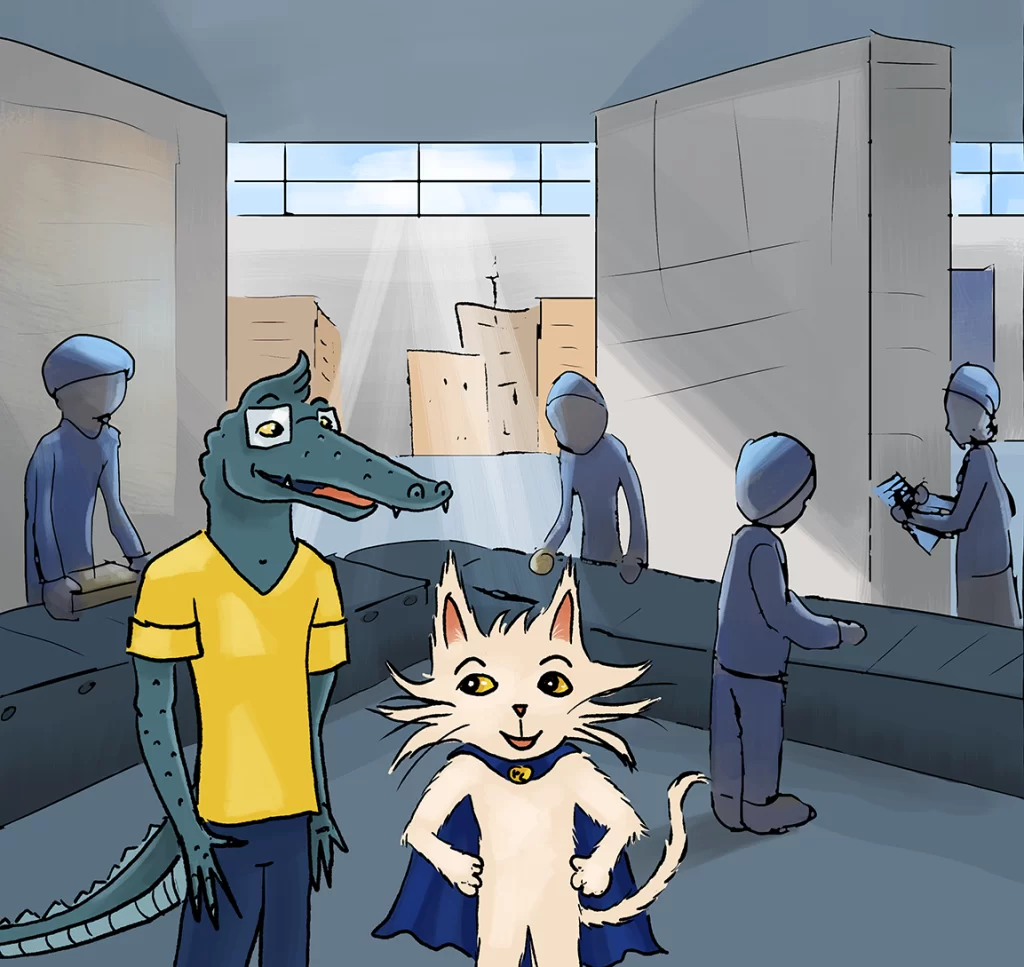
Unannounced???
Why unannounced? Well, unfortunately, sometimes people can be scared of someone they work for. Not that YOU would ever do this, PCat reader, but SOME bosses would try to pass the blame for a safety incident onto their employees. This just leads to employees lying and trying to cover things up (and even if you’ve never treated your employees this way, they may have had bad experiences in the past that inform their decisions!) So, if you’re serious about finding out what really happened so you can prevent it in the future, you may wish to simply drop by.
Luckily, Gary does generally have a pretty good relationship with the supervisors and operators at his company, so he was able to get good information from them. He found out that the employee had cut his hand when handling a glass container that had a minor chip.
Then, Gary brought PCat back to his office to make a plan for what to do next.

Safety Plans require wisdom and compassion
Sorry to get all philosophical on you. But it’s true!
You may notice something about this list: call the employee to find out how he’s doing is first! Be a human, show some compassion. It will go a long way towards maintaining those good employee relationships, and it’s also just the decent thing to do.
Now for the wisdom part: depending on where you live, you may be afraid to make this call because you don’t want to risk saying anything that could come across as an admission of guilt. And this is a legitimate concern! We wish no one would ever file a frivolous lawsuit just because they saw an opportunity to do so, but, well, that’s not always the case*. Hence the need for wisdom. So you’re right not to say anything indicating that the accident was your or the company’s fault until you have full information.
But you can (and should!) still call to see how the person is doing and wish them a speedy recovery.
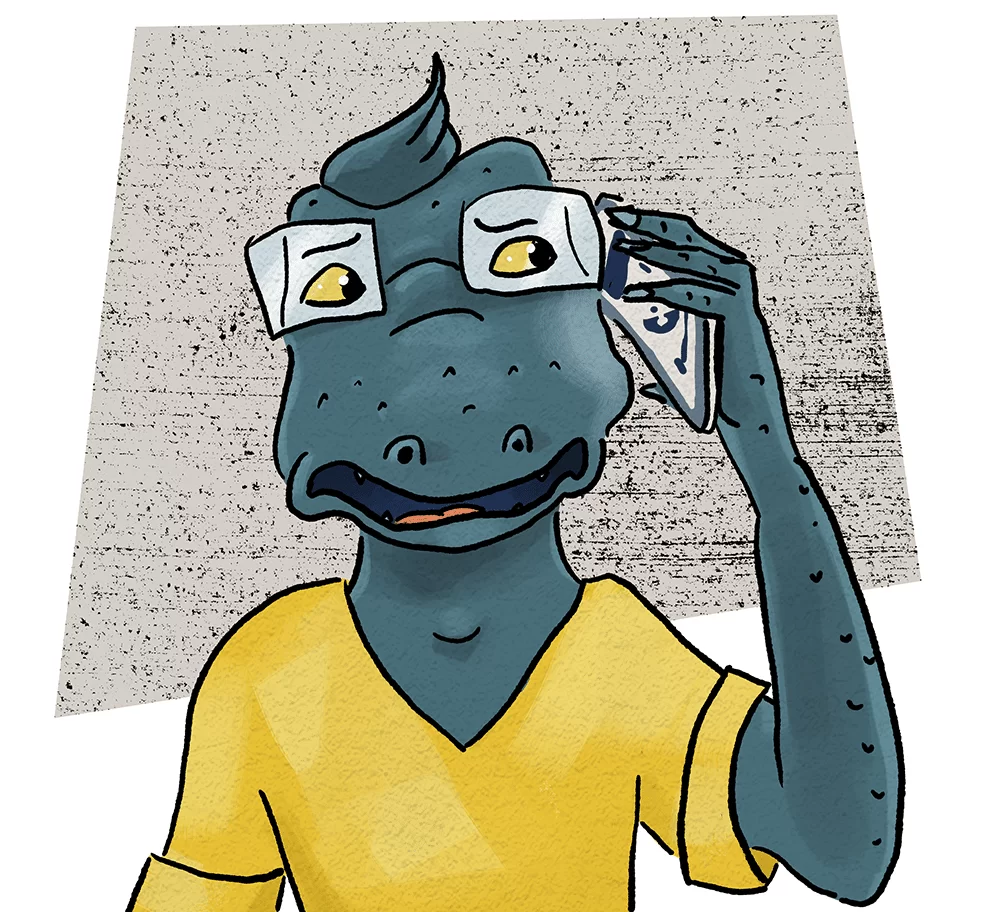
Following that, Process Cat recommends these steps:
- Your immediate priority after checking on the injured employee is to prevent the same thing from happening in the future. So talk to others familiar with that part of the process and try to come up with a “stopgap” measure to implement while you work on a more permanent solution.
- OSHA, the governing body for workplace safety in the US, recommends this strategy:
- If the process can be changed to make it safer, then changing the process is preferred.
- If the process cannot be changed, the worker should use Personal Protective Equipment (such as safety goggles, gloves, or steel-toed boots, depending on the type of safety hazard.
In Gary’s case, it’s not immediately possible to switch from using the glass containers due to quality control regulations around making changes to a food production process. PPE (thicker gloves than the disposable food-handling ones the employee was already wearing) could be an option. But, that could also make it more difficult to hold the glassware without dropping it (not exactly a step in the direction of safety!)
So Gary decides to add a “check the glassware and do not use any with chips or cracks” step before the workers start handling them. This should be good enough for now as long as it’s followed.
- Next, you’ll want to come up with a more systematic and permanent safety plan! And we’ll talk about your options for that next time.
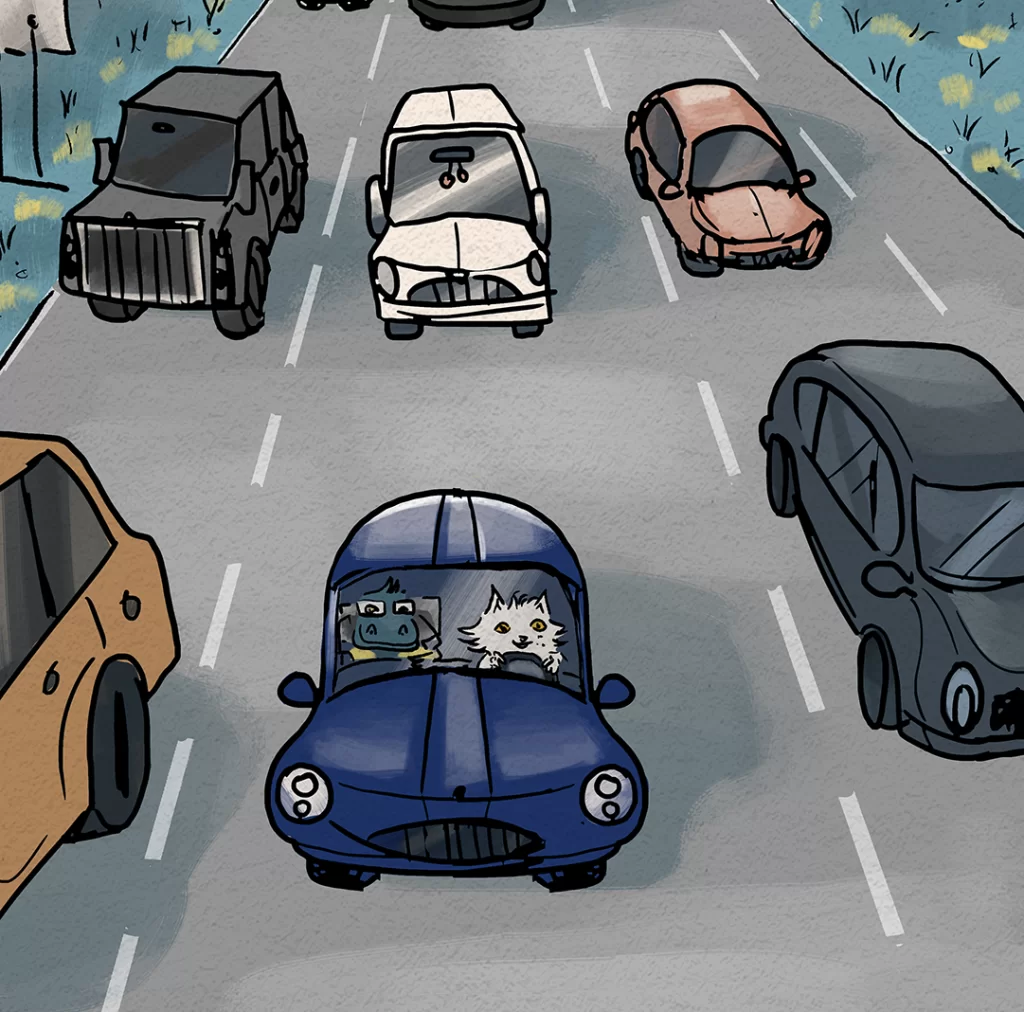
Weekly Challenge:
If you happen to be reading this right when you’re in a crisis, go ahead and implement the steps as described. If you’re reading this proactively, good for you! Keep this strategy in your “back pocket” in case you need it. Hopefully you won’t before next time when we look at options for implementing a long-term safety system.
*To my non-US-based readers, this probably sounds crazy and might not be relevant to you at all. As you may have heard, lawsuits are much more common in the US than in most countries!
